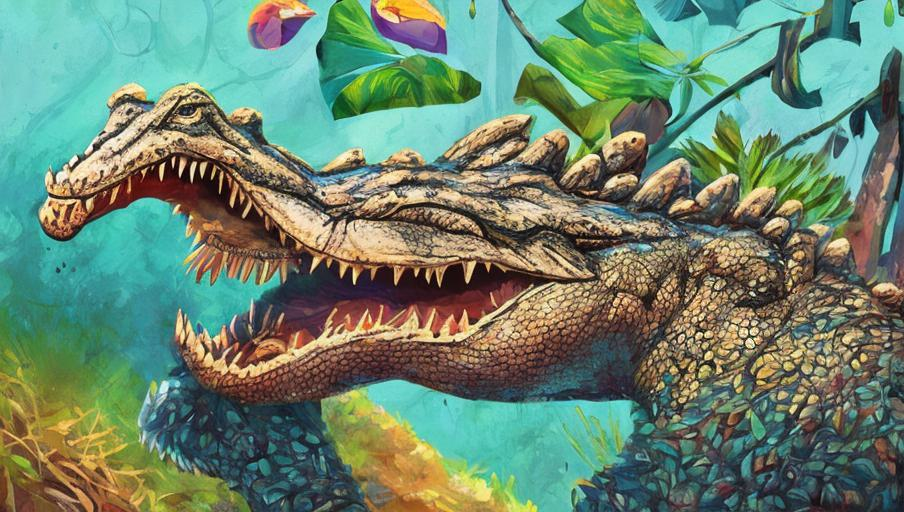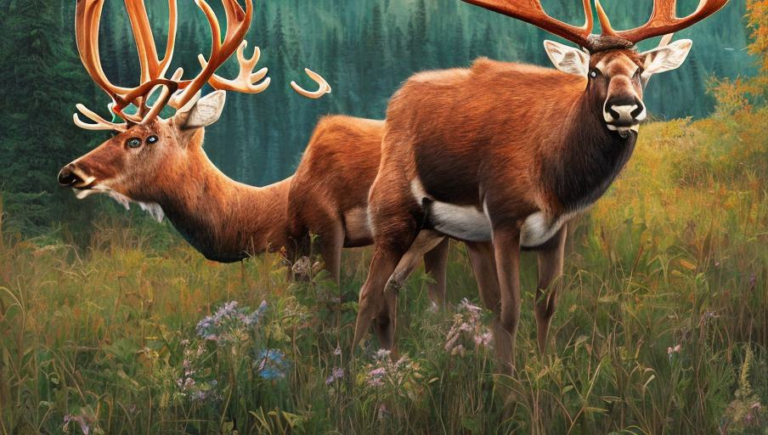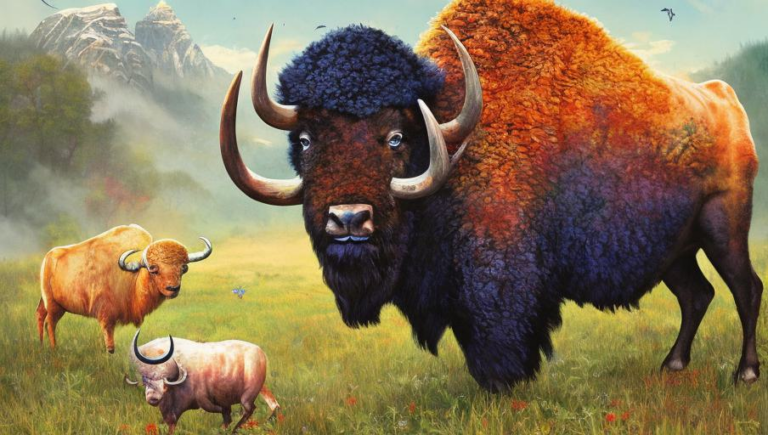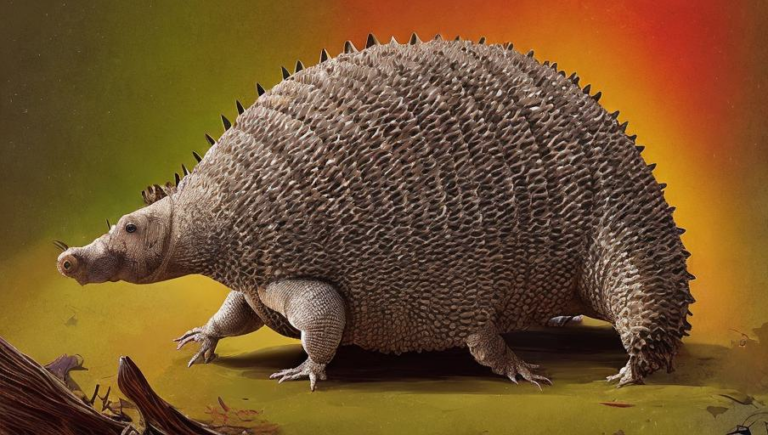Gathering Alligator Facts

Introduction to Alligators
Alligators are one of the oldest living species on the planet. They have been around for millions of years and are native to the United States, China, and parts of Central and South America. There are two species of alligators: the American alligator (Alligator mississippiensis) and the Chinese alligator (Alligator sinensis). Alligators have strong, muscular tails and powerful jaws, and they can grow up to 15 feet long and weigh as much as 500 pounds.
Behavior and Habits
Alligators are solitary animals that spend most of their time in freshwater swamps, marshes, rivers, lakes, and even brackish water. They are most active at night and during the early morning, and tend to stay submerged for most of the day. Alligators have the ability to conserve energy by reducing their metabolic rate and allowing their body temperature to fluctuate with the environment. Alligators are also opportunistic feeders, consuming a variety of prey such as fish, snakes, turtles, birds, and mammals.
Reproduction and Growth
Alligators reach maturity at around 8-12 years old, and the females usually lay around 20-50 eggs at a time. The eggs take around 2 months to hatch and the young alligators typically remain with the mother for the first year. Alligators can live up to a maximum of 50 years and grow approximately 1 foot per year.
Threats and Conservation
Alligators are considered a species of least concern by the International Union for Conservation of Nature (IUCN) due to their large population numbers, however, they are still threatened by habitat destruction, pollution, and hunting. In the United States, the American alligator is protected under the Endangered Species Act and is listed as a threatened species. It is illegal to hunt, kill, or harass alligators in the United States, and it is important to remember that alligators are wild animals and should not be approached.
Conclusion
Alligators are fascinating creatures that have adapted to survive in a wide range of habitats. They are an important part of many ecosystems and it is important to protect and conserve these animals. By learning more about alligators, we can better understand their behavior and ensure that they are protected for years to come.





